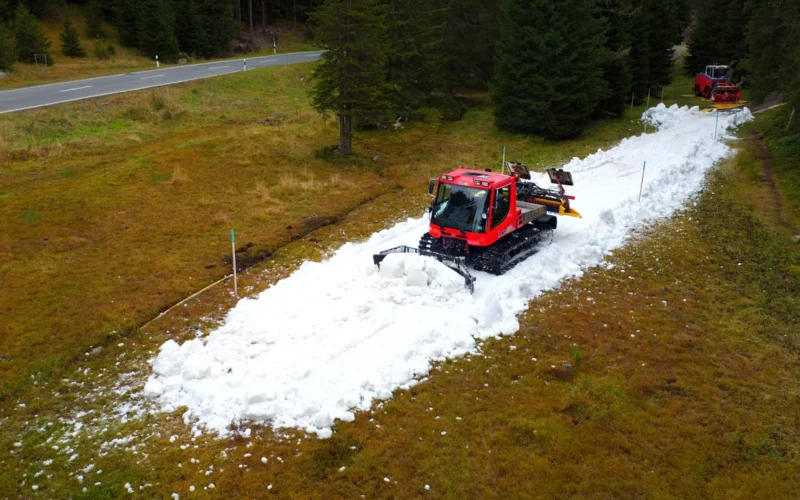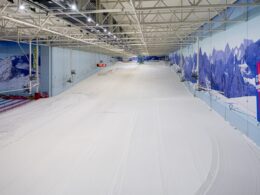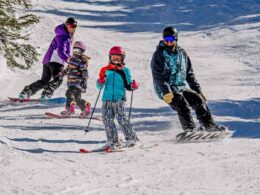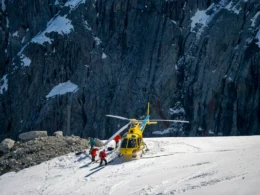Snow, the “white gold” of ski resorts, is becoming increasingly precious. Whether it’s falling from the sky in silent, fluffy flakes or being pumped out of snow cannons, resorts rely on snow to maintain their business. With climate change affecting snow reliability, especially in lower-altitude areas, more resorts are turning to innovative methods to ensure enough coverage for visitors.
Snow Farming: A Solution for Consistent Snow
Snow farming involves stockpiling snow from the end of one season, storing it under insulated mats, and spreading it out the next winter. This method ensures a base layer of snow is ready at the start of the season.
Pioneering in Finland
In Levi, a resort in northern Finland, snow farming ensures early-season skiing and World Cup races. By using stored snow, Levi avoids the need to operate snow cannons in less-than-optimal conditions, saving on electricity and water. “Snow is our gold,” says Marko Mustonen, commercial director of Levi. With stored snow, the resort can reliably open early and operate efficiently.
Efficient Storage and Usage
Levi has nine storage areas for snow, covering the mounds with insulated mats and waterproof sheets. This year, they stored 200,000 cubic meters of snow, with a melting rate of under 13%. The initiative began on a small scale in 2016 and has expanded to prepare several ski runs, including the Levi Glacier run and cross-country tracks.
Broader Adoption and Benefits
Snow farming is not unique to Levi. The technique has been employed at various international events and resorts:
- Olympic Games: Sochi 2014, Pyeongchang 2018, and Beijing 2022 used stored snow to ensure reliable conditions.
- Cervinia, Italy: Stored snow was used to prepare the World Cup downhill ski run.
- Kitzbühel, Austria: Snow farming since 2015 to prepare early-season skiing.
- Davos, Switzerland: Creates a cross-country ski trail with machine-made snow stored under wood chippings.
Environmental and Economic Impact
Snow farming contributes to resorts’ efforts to reduce carbon emissions. Levi, using renewable electricity and biofuel for snow grooming, aims to be net-zero carbon by 2050. Machine-made snow from previous years performs as well as fresh snow, and snow farming reduces reliance on fossil fuels.
Glacier Preservation
In North America, resorts like Banff Sunshine and Arapahoe Basin use snow fences to trap wind-blown snow. In Switzerland, Laax uses snow farming to protect the Vorab Glacier, which is threatened by global warming. Covering parts of the glacier with snow slows melting, preserving the ice and extending the ski season.
Innovative Projects
The MortAlive project in southeast Switzerland aims to slow the melting of the Morteratsch Glacier using machine-made snow. By spraying artificial snow over the glacier, the project hopes to reduce melting rates and potentially encourage glacier growth.
As climate change continues to impact snowfall, resorts are adopting innovative methods like snow farming to ensure consistent snow coverage. These efforts are crucial for the economic viability of ski resorts and the preservation of natural landscapes. While critics argue for broader climate action, these interim solutions provide valuable time to address the larger issue of global warming.




